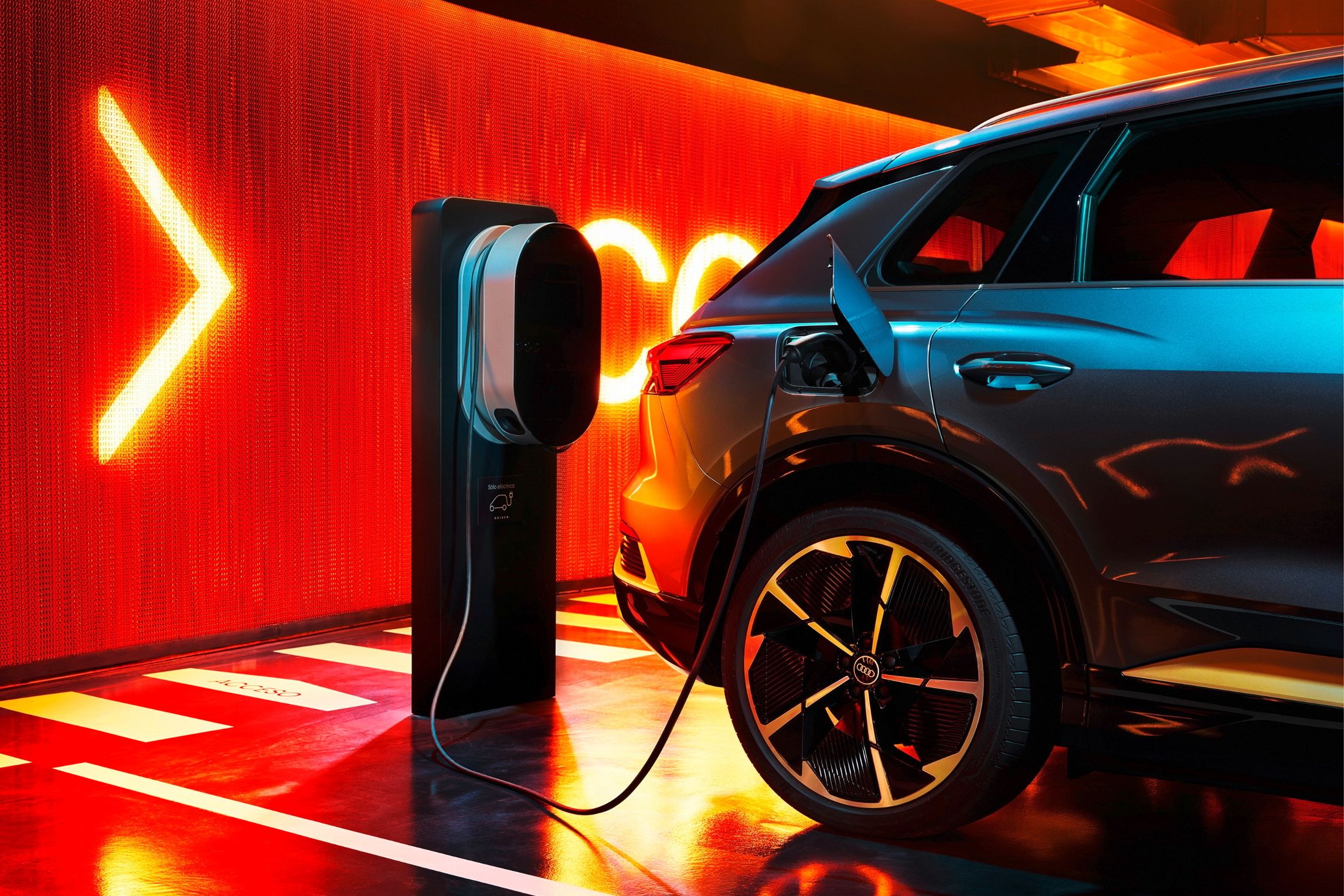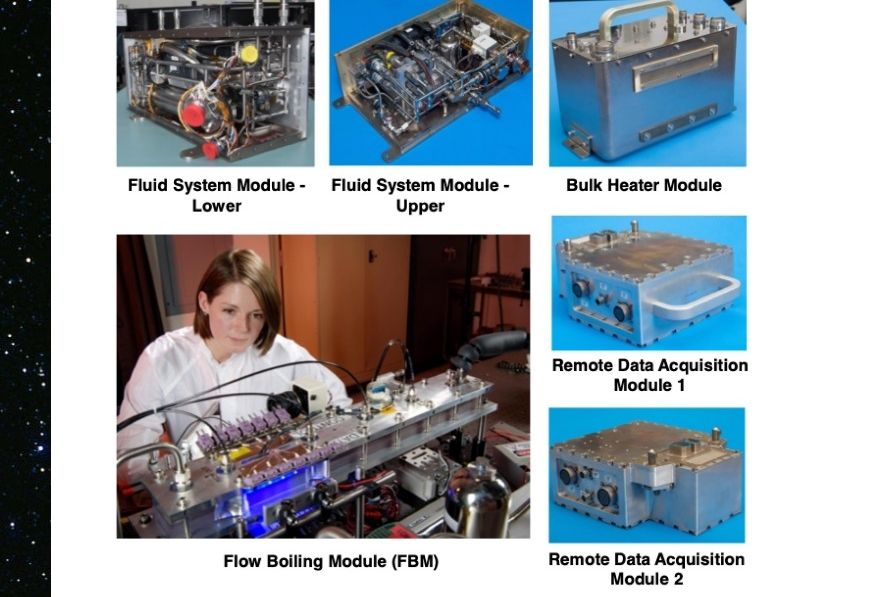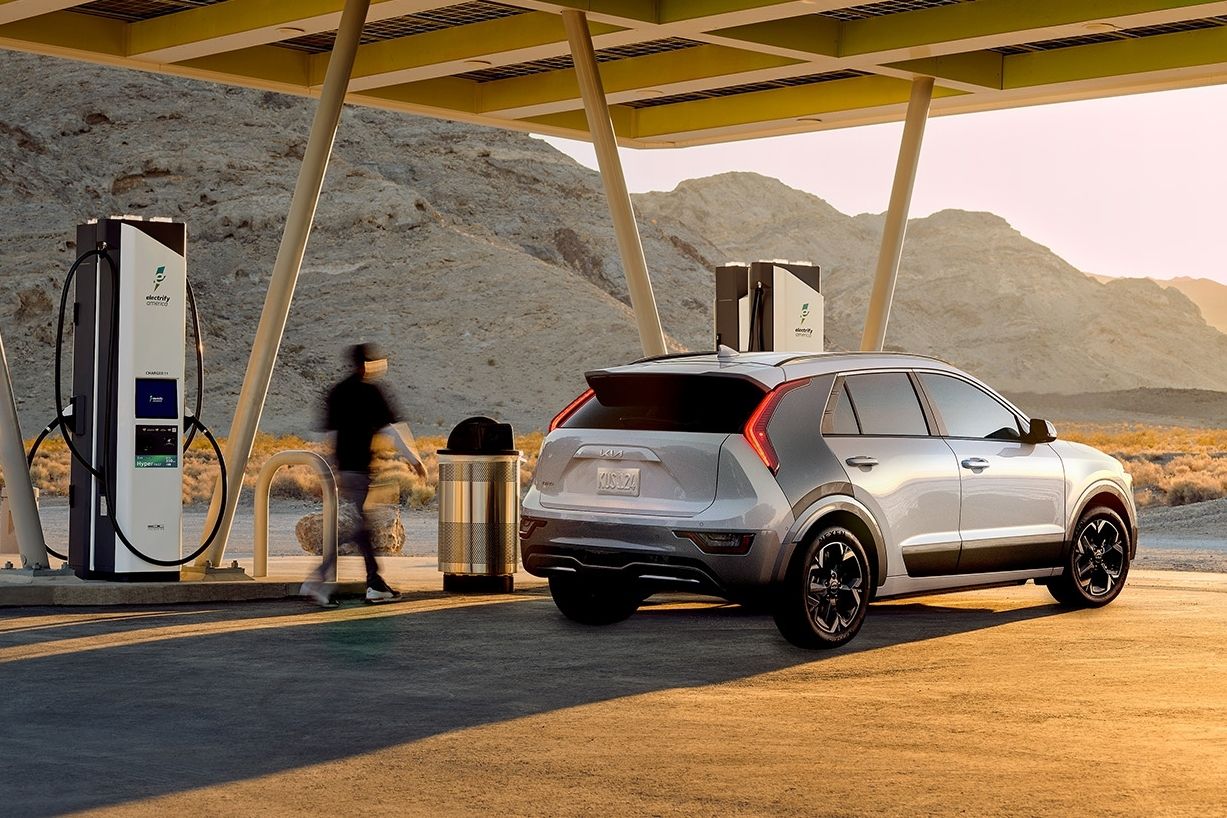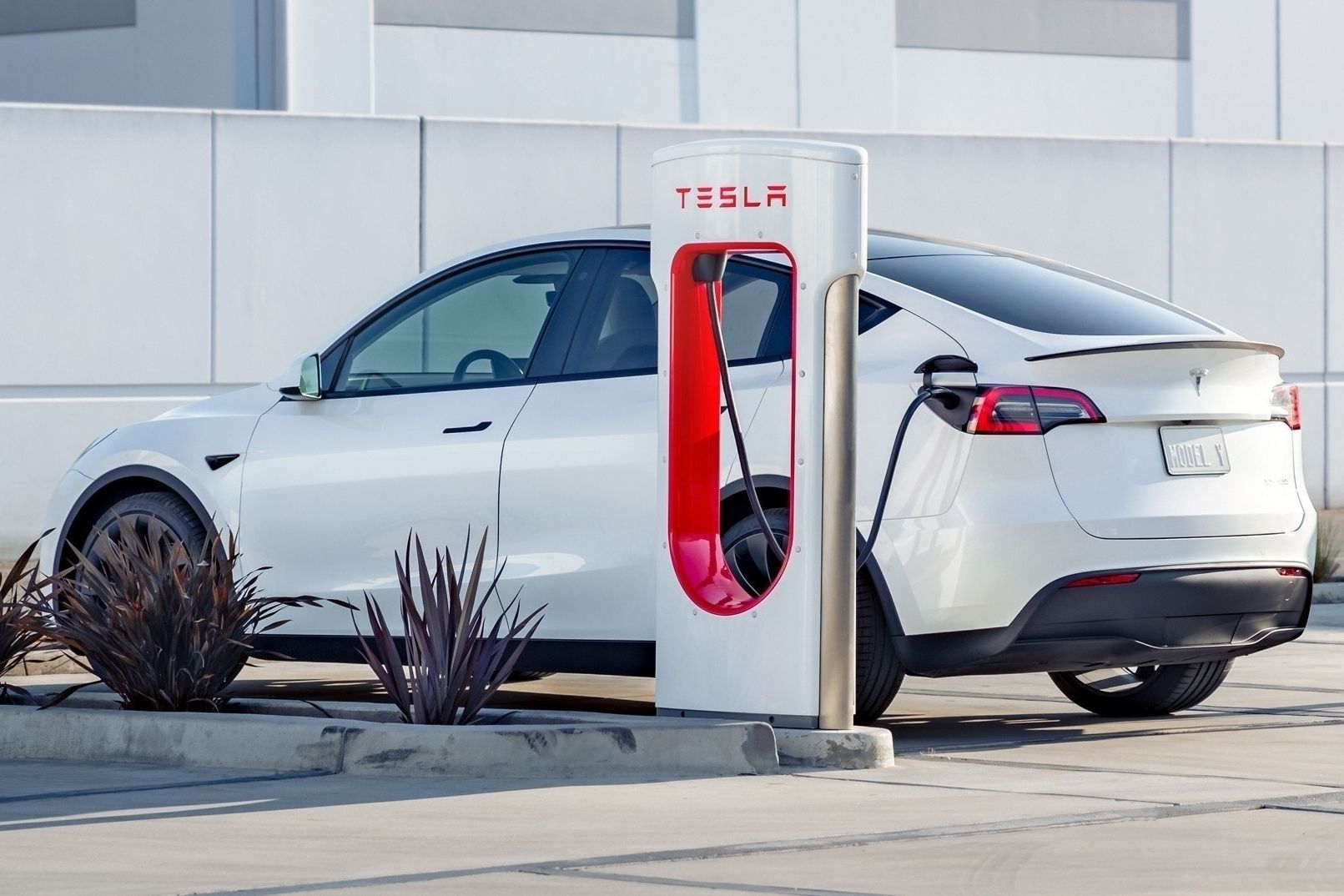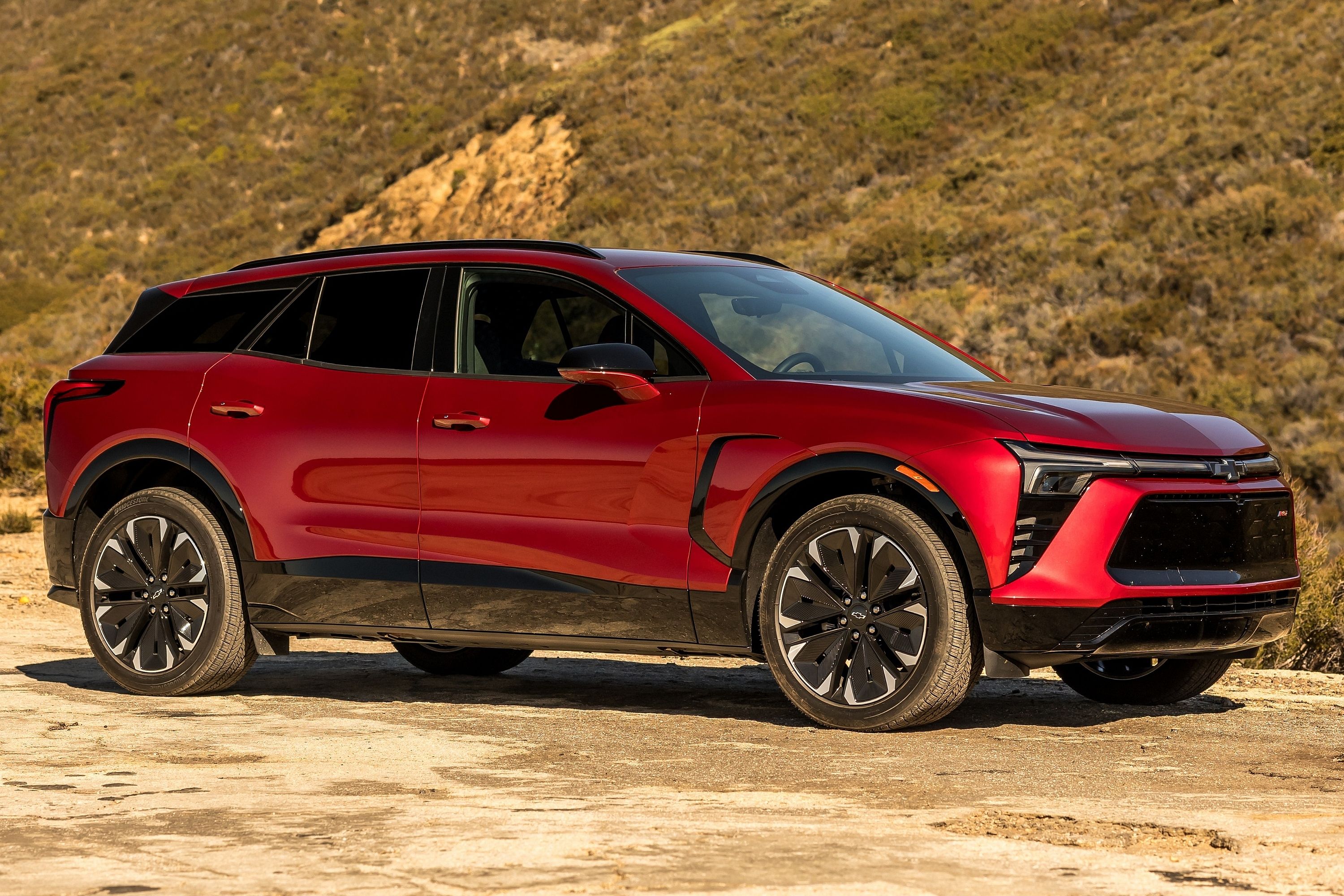
Shortly after taking his oath of office, President Biden announced that he wanted all government vehicles to be replaced with EVs. Since then, we've seen various departments go electric. Not even the Department of Defense is safe from the push for EVs, and it recently asked GM to develop an EV platform for its vehicles.
Only the US Postal Service was brave enough to go against the grain, but it was eventually dragged to court and forced to buy EVs.
NASA is the latest government entity to touch on controversial EV topics. It recently posted a controversial blog post, along with an announcement that it's working on a new system to bring fast charging down to five minutes by cooling charging cables down to a point where they can support a current nine times greater than what we have available at the moment.
NASA's blog post mentions two of the three biggest challenges consumers face.
"First, a network of charging stations must be deployed along highways and roads to enable charging of electric vehicles. Second, the time required to charge a vehicle must be reduced. Currently, charging times vary widely, from 20 minutes at a station alongside a roadway to hours using an at-home charging station," said NASA.
Toyota's CEO, Akio Toyoda, recently touched on the third problem: the electrical grid and its inability to meet demand.
In any case, NASA believes these are significant concerns for people considering electric vehicle ownership. While manufacturers like GM believe marketing is the key to selling cars like the Chevrolet Blazer EV, NASA is out there in space coming up with realistic solutions.
The technology in question is an advanced temperature control technique developed for future NASA missions. As you can imagine, everything that goes into space has to operate within a strict set of guidelines, which includes size, efficiency, and a narrow temperature window.
All of NASA's upcoming projects will require advanced heat transfer capabilities to execute the thermal control required. And we're not just talking about pumping heat into a spacecraft to make a trip to Mars comfier for astronauts. NASA's new cooling system will also be used in the nuclear fission power systems for missions to the Moon, Mars, and beyond.
Basically, if a thermal management system is good enough for a nuclear fission power system in space, it'll probably be okay at charging the average suburban EV.
A team led by Issam Mudawar, Purdue University's Betty Ruth, and Milton B. Hollander, Family Professor of Mechanical Engineering, developed the Flow Boiling and Condensation Experiment (FBCE), which made its way to the International Space Station in August 2021.
The FBCE module consists of heat-generating devices mounted along the walls of a flow channel, in which coolant is supplied as a liquid. As the flow channel's temperature increases, the liquid adjacent to the walls starts to boil. The boiling liquid forms bubbles at the walls that depart at high frequency, constantly drawing cooler liquid from along the channel walls.
The above is an extremely simplified explanation of the process, but the flow channel mentioned would be a standard fast-charging cable down here on Earth.
According to NASA, reducing charging times for electric vehicles to five minutes will require charging systems to provide current at 1,400 amperes. Advanced chargers deliver currents up to 520 amperes, but most chargers deliver no more than 150 amperes.
Ramping it up to 1,400 amperes to hit the five-minute target will generate significantly more heat, but the problem can be overcome using the technology NASA designed to cool its astronauts and nuclear fission power systems.
NASA is already busy with practical experiments. Using this new technology, dielectric (non-electrically conducting) liquid coolant was pumped through the charging cable, capturing the heat generated by the current-carrying conductor.
Using the technology, Mudawar and his team increased the current by 4.6 times the current fastest available electric vehicle chargers on the market today. In fact, the team got up to 2,400 amperes. With that much power, you can charge an EV quicker than an ICE car can refill its tank.
There are just two problems with technology. NASA doesn't mention the price, which means it's probably stupidly expensive. The technology is also in development, so it will take years before it hits the streets.
The second problem is battery degradation. As we know, an EVs battery degrades much faster when subjected to fast charging. A home charger is the best long-term solution for making a battery last, but this is the ultimate solution for those odd occasions when you want to take a longer road trip.

